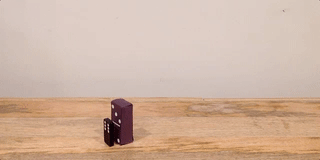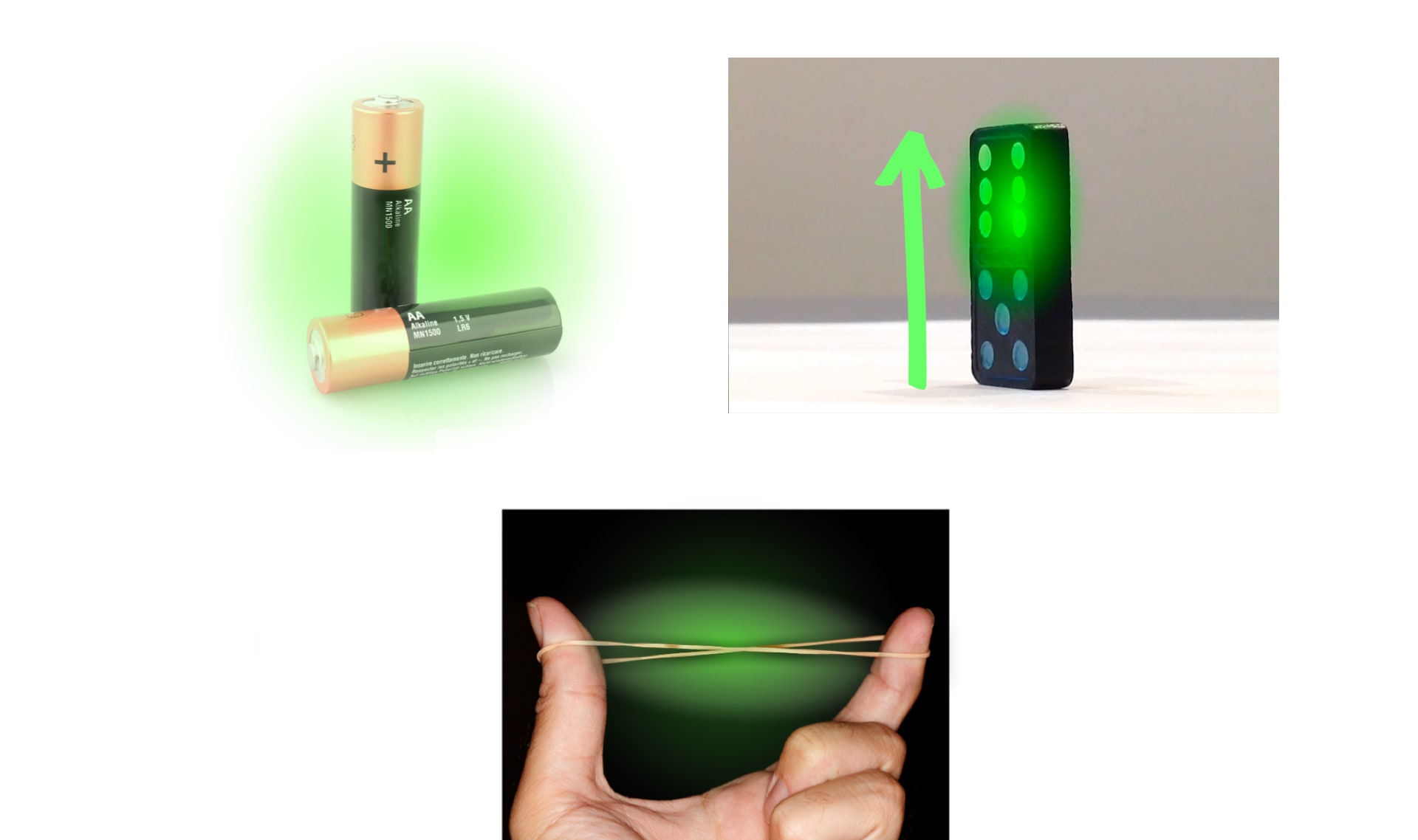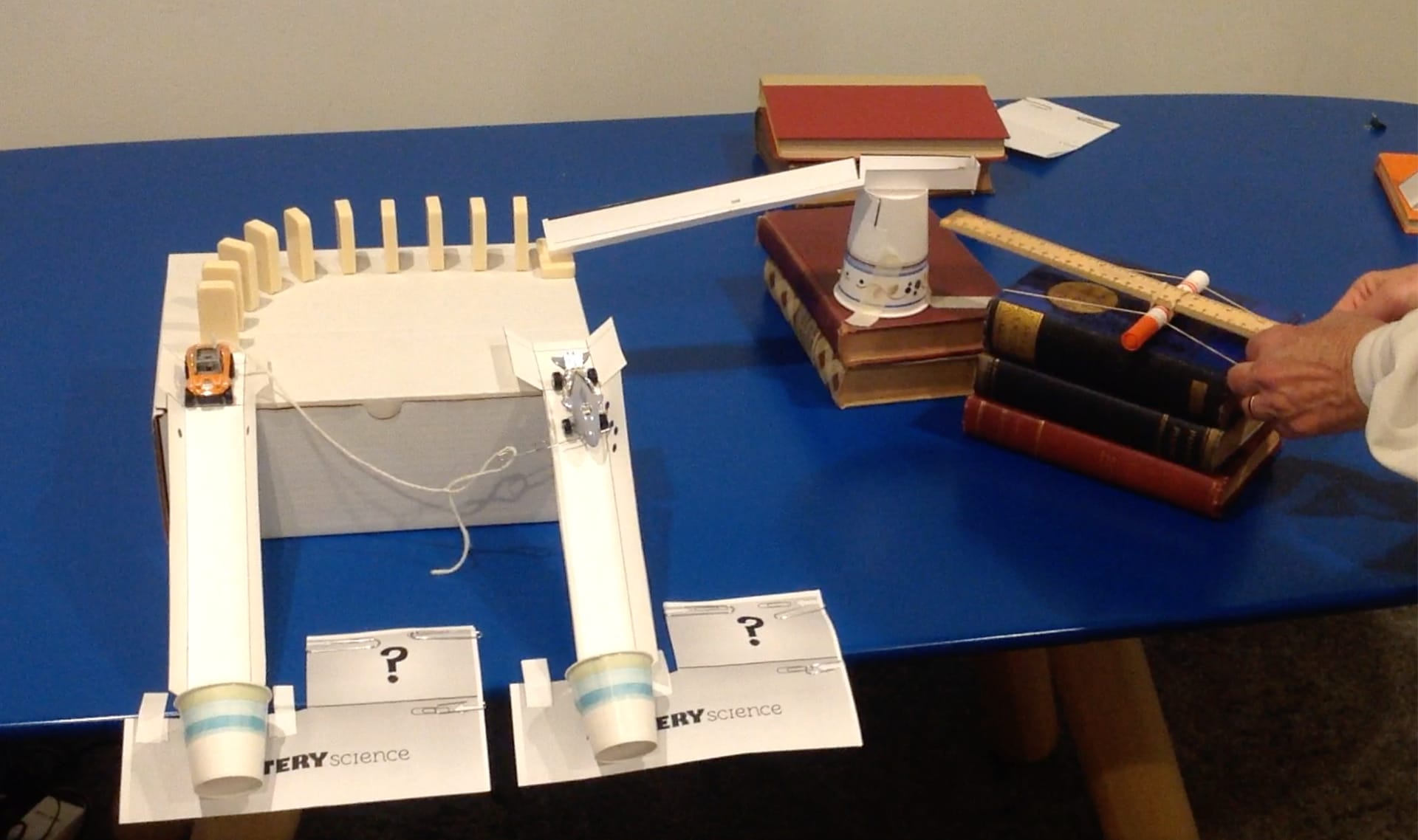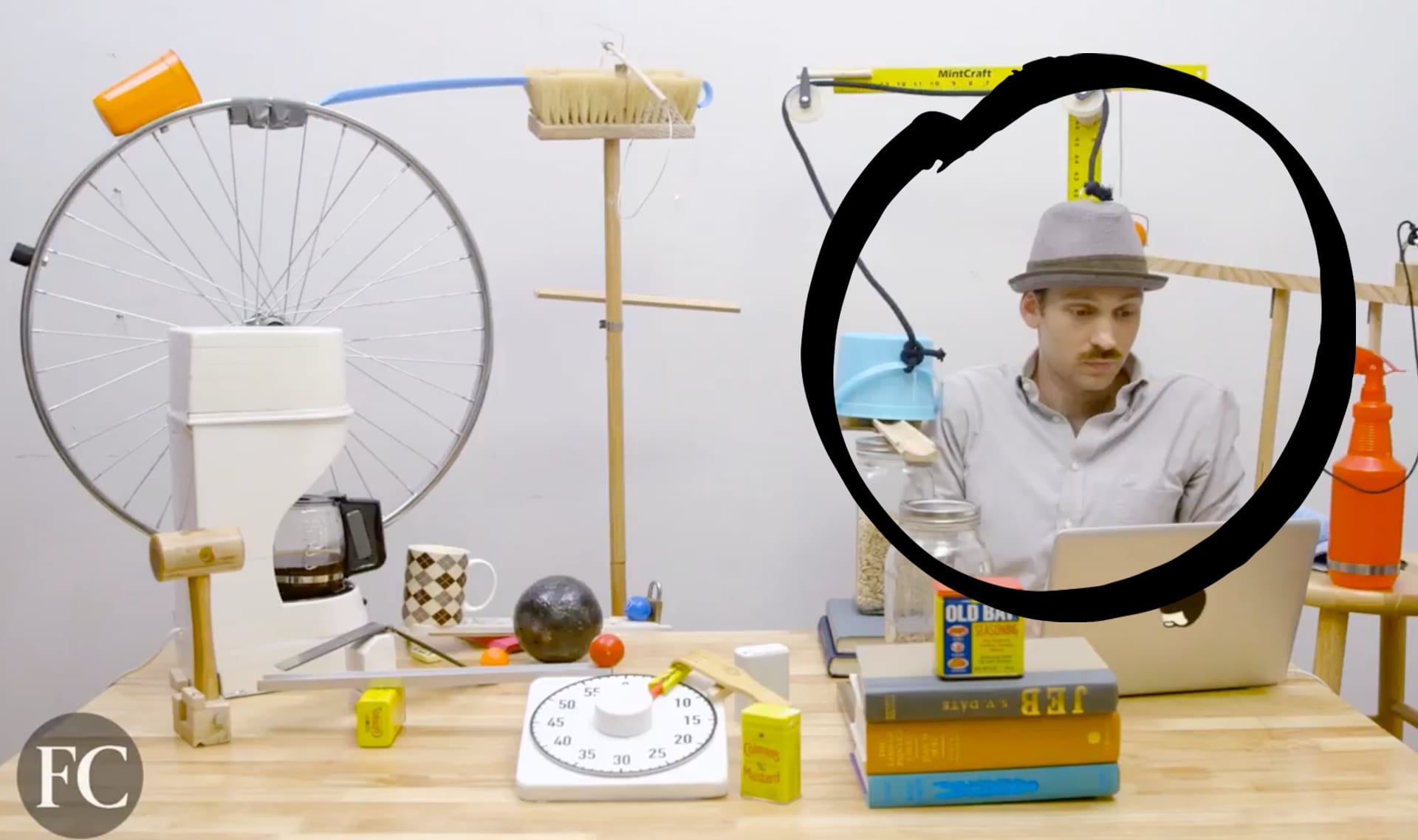
Could you knock down a building using only dominoes?

DISCUSS:
When you set up a domino, you’re putting part of it up high. Can you think of any other situation where putting something ‘up high’ causes something special to happen?
Hint...
Think about things you might have seen in an earlier lesson.

DISCUSS (1 of 2):
Can a domino knock down one that’s just slightly bigger than itself?
Try doing this yourself if you can. You can use books if you don’t have dominoes. Or you can go to the next slide to see a video of us doing it.
HERE’S WHAT HAPPENED:

It worked! A domino has just enough energy to knock down a domino that’s slightly bigger than itself. Now that you know this, go to the next slide.
DISCUSS (2 of 2):
CHALLENGE: Do you think there could be a way to knock down something REALLY big, like a domino as tall as a building, using only smaller dominoes?
Draw a picture if you can think of an idea.

DISCUSS:
In terms of energy, why is it possible to use something the size of a brick to knock down something the size of a small house?
Can you explain this? Make a drawing if it’s helpful.
Think about: Where is there stored energy? Where does the stored energy come from?

DISCUSS:
Why do you think scientists call falling dominoes a “chain reaction”?








If you have a friend nearby, you can help each other with the next few steps. But if you are working alone, don’t worry!
We have added some special steps just for you. If a step says you need a friend to help, just go to the next step to see how you can do it alone!

















energy

stored energy

chain reaction machine

energy transfer

lever

experiment



